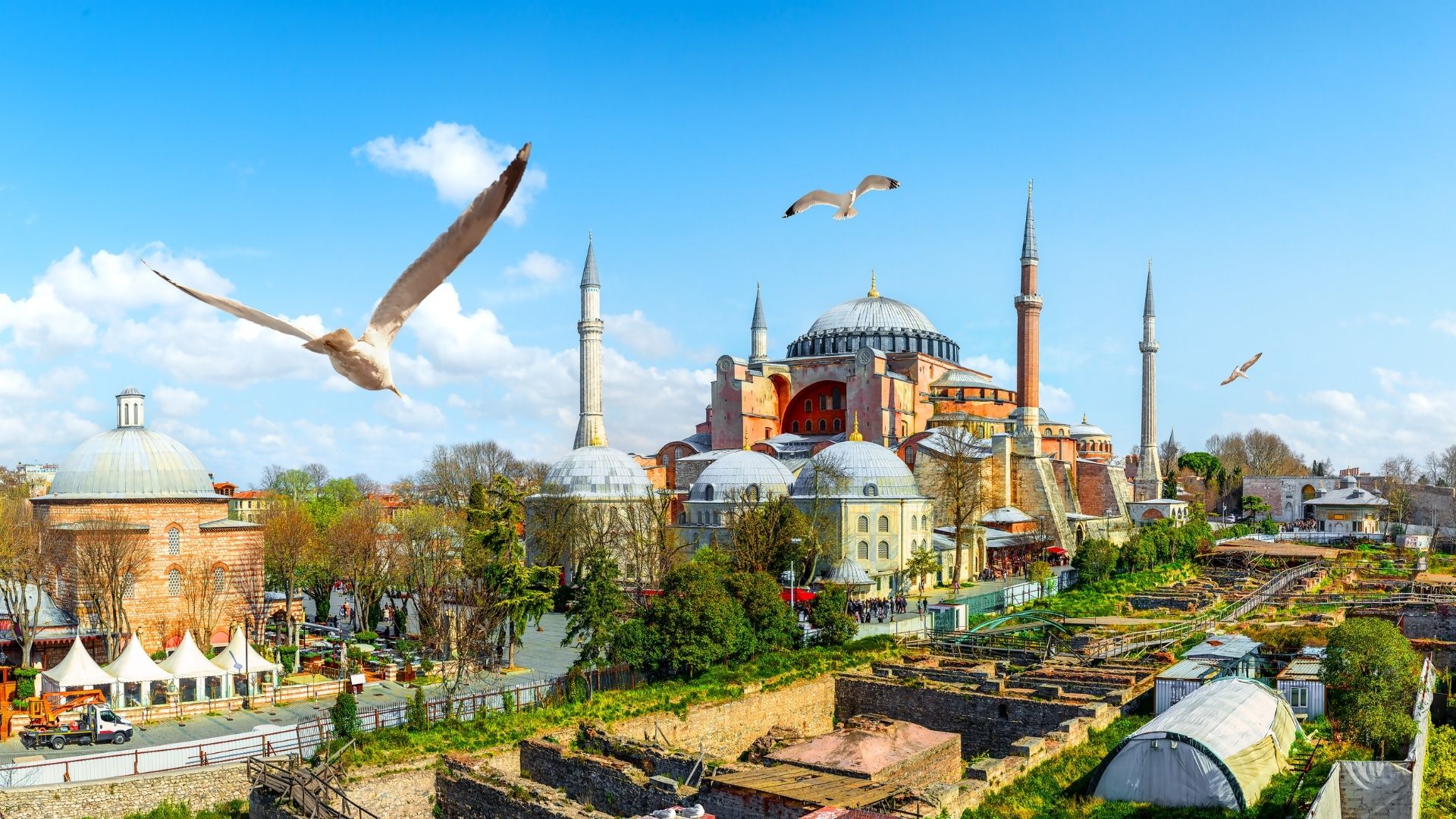Perched above the stunning white terraces of Pamukkale in southwestern Turkey, Hierapolis is an ancient city that combines natural wonders with rich history. Once a thriving Greco-Roman spa city, Hierapolis is now a UNESCO World Heritage Site and one of Turkey’s most fascinating archaeological destinations.
A Glimpse into the Past
Founded in the 2nd century BC by the Attalid kings of Pergamon, Hierapolis became a prominent Roman city known for its hot springs and healing center. People from all over the ancient world traveled here to bathe in the thermal waters, believed to have curative powers.
Today, its ruins offer a remarkable journey through time, with temples, baths, theatres, and necropolises waiting to be explored.
Top Things to See in Hierapolis
1. The Ancient Theatre:
One of the best-preserved structures in Hierapolis, the grand Roman theatre could seat up to 15,000 people. Its stage, columns, and reliefs showcase the artistic and architectural skills of the time.
2. The Necropolis:
Stretching over 2 km, the necropolis (city of the dead) contains over 1,200 tombs, sarcophagi, and family mausoleums — a testament to the city’s significance as a healing center.
3. The Temple of Apollo:
Dedicated to the city’s main deity, this temple once stood at the religious heart of Hierapolis. Nearby is the Plutonium, a cave emitting toxic gases that was believed to be an entrance to the underworld.
4. The Roman Baths and Basilica:
These large complexes show how central wellness and communal bathing were to ancient Roman life. Many of these buildings now house parts of the Hierapolis Archaeology Museum.
5. The Sacred Pool (Cleopatra’s Pool):
According to legend, Cleopatra herself once swam in these warm, mineral-rich waters. Today, visitors can still bathe among submerged marble columns and ancient ruins.
The Connection with Pamukkale
What makes Hierapolis even more unique is its location atop Pamukkale, which means “cotton castle” in Turkish. The terraces of white travertine, formed by thermal springs rich in calcium carbonate, create a surreal landscape that looks like snow — even in the summer.
Many visitors combine a walk through the travertine pools with a tour of Hierapolis for a full-day experience of both nature and history.
When to Visit
Spring (April–May) and autumn (September–October) are ideal times to visit, with mild temperatures and fewer crowds. Summer can be hot, but early morning visits offer a peaceful experience.
Tips for Visitors
-
Wear comfortable shoes; the site is large and involves walking on uneven terrain.
-
Bring a swimsuit if you plan to enter the Sacred Pool.
-
Don’t miss the sunset view from the theatre — it’s truly magical.
Conclusion
Hierapolis is more than just ancient ruins — it’s a powerful blend of history, myth, and natural beauty. Whether you’re a history enthusiast, a wellness seeker, or simply in awe of nature, Hierapolis and Pamukkale together offer an unforgettable experience that captures the timeless spirit of Anatolia.


